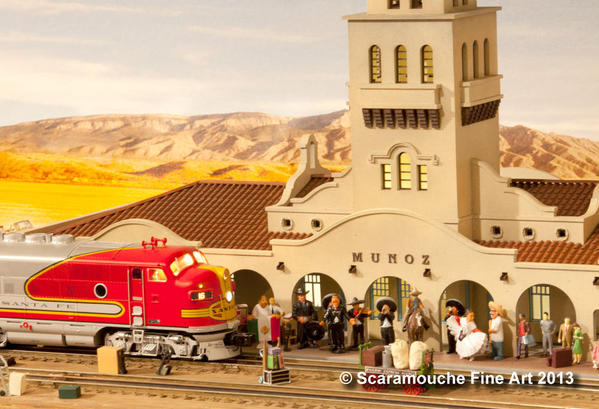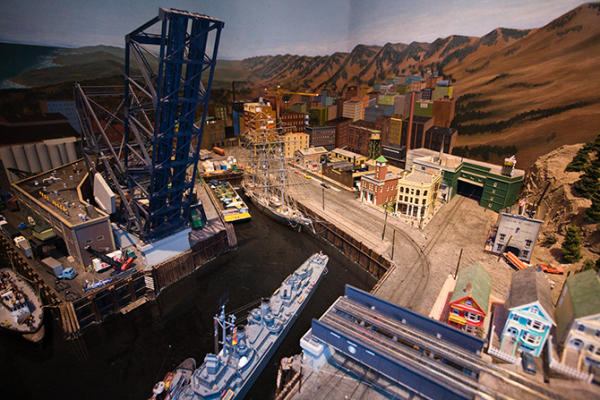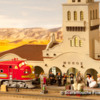I have found that a tripod ($50) and a white balance card ($10 to $20) can do wonders with even a point-and-shoot for pictures.
I played with several and bought an Android app before I found out that -
- cell phones don't have irises, or f-stop, or whatever its called, something to make the hole that light passes thru as small as possible to get as much depth of field, the closest and the furthest things in focus.
- for at least Android, there is no Auto White Balance that can be found on just about any $100++ point-and-shoot. Yeah I suppose I could try to figure out how to white balance in some software after the picture is taken, but good grief do I have to buy Photoshop or learn Gimp just to sell trains?
If I was going to buy a camera today, I would make sure it has WiFi. Then no messing with cables or SD Cards and SD card readers, and windows that pop up. Or at least, when you connect the USB cable it doesn't try to install War and Peace on your computer.
Because work does not allow WiFi, I tried to find one with Bluetooth. (My cellphone has Bluetooth). I bought a used Samsung, and the BT didn't work. Turns out almost no cameras have BT. BT is also ssssllllloooowwww. So given all that, I would say, get one that has WiFi. But warning, you will have to put your WiFi password into your camera, and if someone steals your camera, they can get your WiFi password. At home I use a DD-WRT capable router and have a virtual access points or whatever they are called, another SSID and password. BT is a bit easier to connect.
I looked into getting a DSLR, but have two problems. First is, I have kids, and whatever I buy, when I am not at home, my wife will let the kids use. At least they are getting older now. Then the next thing is, usually, I am just trying to take pictures of trains I want to sell, and I can't see sinking $1000 into a camera, it would put me $1k in the hole, it would just be cheaper to put fire sale prices on everything and head off to Dupage.
(OK, actually, there is cell phone that has an iris, its the Samsung Zoom K, but its GSM only, so that is ATT or T-Mobile only, and it has this bulge. A dual use device that is not suited well for either task.)










